Are you looking for a contractor?
Submit our quick form and get quotes now!
Table of Contents
5 min read
What to do if bathroom tiles are swelling | Renovation Quotes
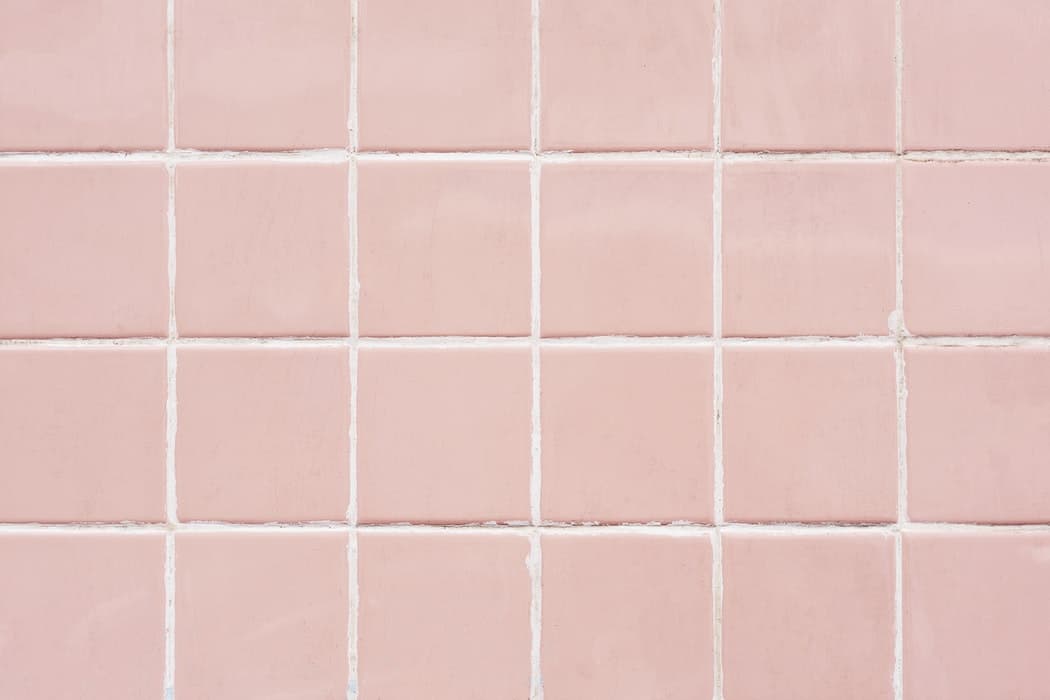

5 min read
What to do if bathroom tiles are swelling | Renovation Quotes
BathroomWhat to do if bathroom tiles are swelling | Renovation Quotes
It’s likely that almost every morning and every evening, you find yourself in your home’s bathroom. Whether you’re brushing your teeth, taking a bath or helping your children get washed up before bed, this room is integral. With all this activity and moisture, it’s not surprising that your bathroom surfaces can easily deteriorate. If your bathroom is tiled and you’ve noticed signs of swelling; how can you remedy this situation?
The issue of rotting, cracking, buckling and swelling tiles is common but should be dealt with immediate care and attention. So, if you’re confronted with moving, shrinking or expanding tiles, we’re here to offer some solutions that might assist you in getting things back on track.
Here’s what to do if bathroom tiles are swelling!
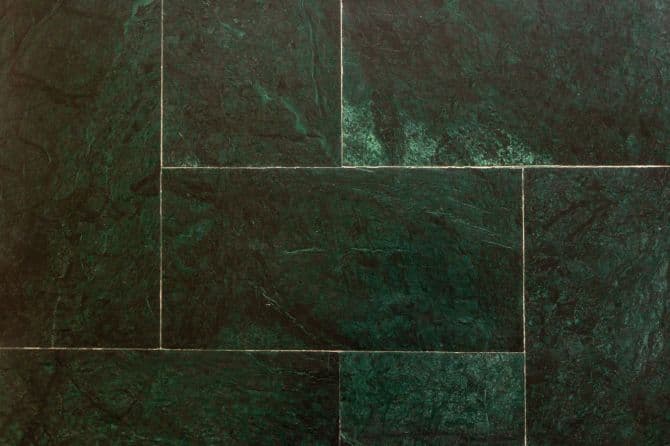
Your tiles are swelling: why?
Movement in the structure of a home is normal. Our earth and its substrates are constantly shifting and can cause the surfaces and materials of your house to do the same. The most likely reason your bathroom tiles are moving is due to the amount of moisture in this room. Tiles are porous and therefore, as time passes, they will absorb all of the excess moisture in the room and begin to grow in size as a result. There are a few other common reasons why your tiles are swelling and they are as follows:
Floor expansion: Unfortunately, the material of the floor below your tiles is likely even more porous than tile and as we mentioned, it’s common for the surfaces of your home to move. This includes your bathroom floor, shifting the tile along with it. Shrinking is another common issue, especially if there is concrete present underfoot. The combination of the moving substrate and the porous under flooring could mean your tiles are swelling as a result of the floor itself. We will discuss how to deal with this specific issue in the next section of the article.
Old tile: If you found some discounted or second-hand tiles, chances are they could be brittle. Older, brittle tiles may release dust and this dust affects the bonding agents through which tiles are secured to the floor. With the presence of excess humidity in the room, the bond between floor and tile will be even further compromised. It’s always best to start with new, clean tiles in any renovation project.
Poor quality bonding material: The mastic, also known as bonding material, will be material-specific and if you happen to use the wrong one, this can easily lead to problems including bulging tile. Be certain that the mastic you’ve chosen is the right one and carefully follow preparation as well as application instructions.
Tiles not set correctly: If your tiles haven’t been carefully laid, then there is a good chance they’ll begin to swell away from the subflooring. If you’ve installed your tiles but find trowel lines to be visible following, then this points to the fact that a bond was never created during the installation process.
Solutions for swelling bathroom tiles

The way that you deal with swelling ceramic tile will definitely come down to what the problem is in the first place. It may be difficult to determine at first, but spend a little bit of time trying to figure out what caused the issue initially. If you have found that your tiles or the floor beneath them are swelling due to shrinking and expansion, then you’ll need to remove tiles and leave a perimeter expansion joint that follows the outside of the room.
What this means is creating a gap between the final tile and your walls, and this row should also contain no grout. In place of grout, you’ll need to fill the perimeter with a caulk specifically for expansion joints or look for one that is 100% silicone. In some cases, this may not remedy the situation and thus, it is always recommended to work with a professional especially when it comes to jobs which require delicate attention to detail.
Another solution would be to completely remove all tiles from the floor, especially if the problem is due to the improper laying of tiles or a buildup of moisture underneath. This may be necessary in the case of excessive swelling, as it will be difficult to replace a small area since doing so may lead to a finished surface that is uneven. Do bear in mind that if you are working with larger tiles, they need to be pressed down with a wooden object in order to properly adhere, otherwise you may find they buckle away from the subflooring.
After you’ve completed your new tile install, it’s important to try and keep moisture levels in your bathroom under control. Moisture buildup and humidity in all rooms of your home can lead to several problems including mould and mildew growth as well as the deterioration of surfaces such as subfloors, walls, and ceilings. But this is especially true in the bathroom. Take these measures as early as possible so your tiles have a better chance of staying put.
For further tips on how to maintain tiles, take a look at our article on the subject!
Get 3 renovation quotes for your bathroom tile project
RenoQuotes.com can help you get quotes for your bathroom tile renovation project. If you submit your project to us, we’ll put you in contact with top-rated contractors. Fill in the form on the homepage (it only takes a few minutes), and you will get estimates from trusted professionals.
Dial 1-844 828-1588 to speak with one of our customer service representatives
Last modified 2023-11-07
Looking for something else?
Related articles
The latest industry news, interviews, technologies, and resources.
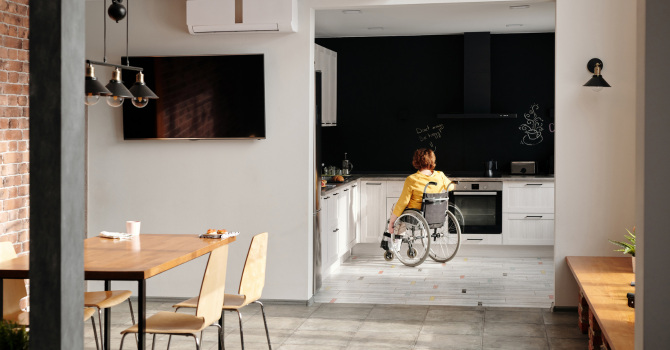
RenoQuotes.com • 07 Nov 2023
Anyone who lives in an environment that doesn't suit their needs when it comes to mobility or comfort will be subject to a great deal of frustration. To ensure a comfortable and pleasant living environment for an individual with reduced mobility, here's a look at the renovations to take on.
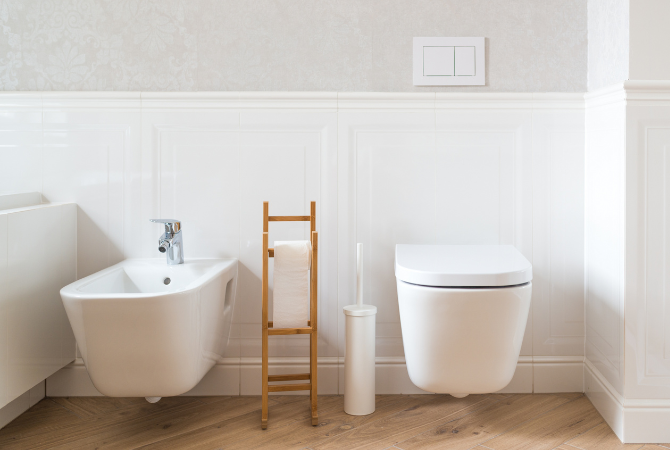
RenoQuotes.com • 07 Nov 2023
There’s no beating around the bush, toilets are the thrones of the home. These fixtures are an important aspect of the overall comfort, and thus choosing the right one makes a huge difference.
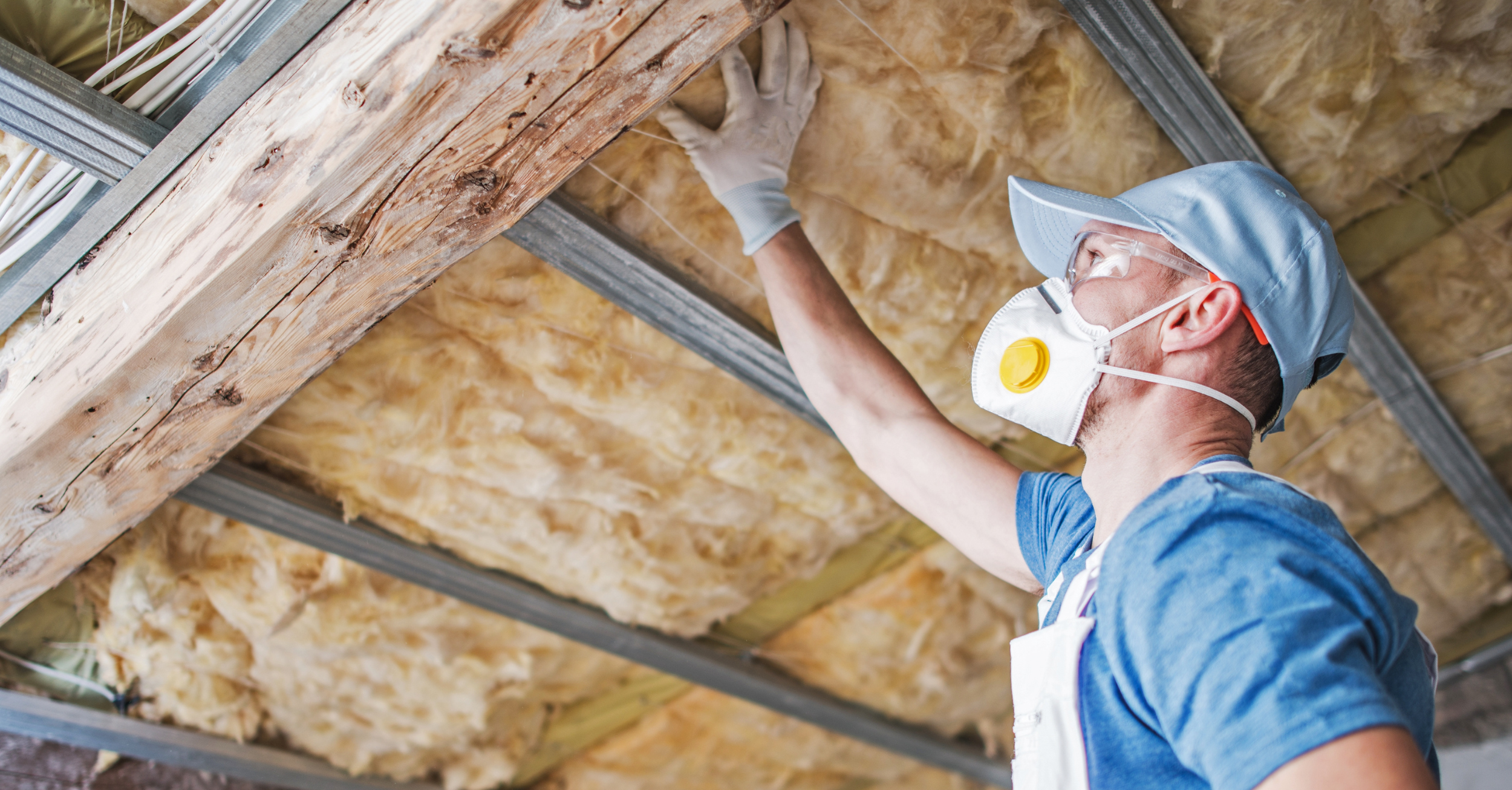
Léa Plourde-Archer • 07 Nov 2023
The attic is one of those parts of the house that we tend to forget. Like they say, out of sight, out of mind. Yet the things that go on up there can end up having a concrete effect on numerous elements that affect us on a daily basis. To gain a better understanding of how important attic insulation is, RenoQuotes.com has prepared a brief presentation on the subject:
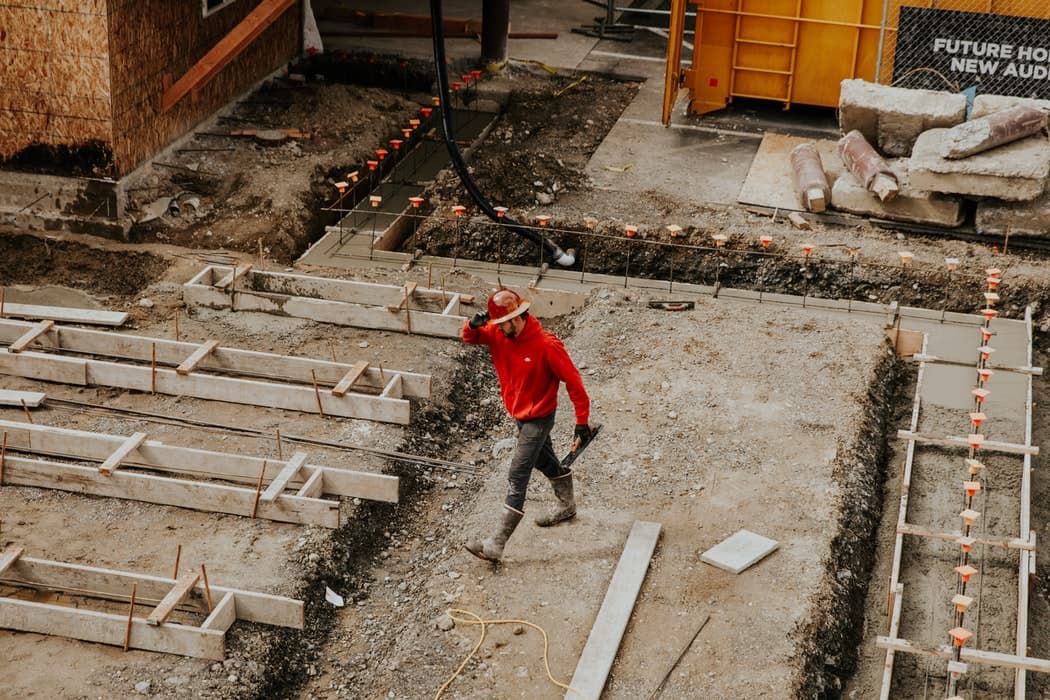
N/A • 07 Nov 2023
As a construction contractor, you’re likely committed to growing your business over the years and increasing the size of your customer base.
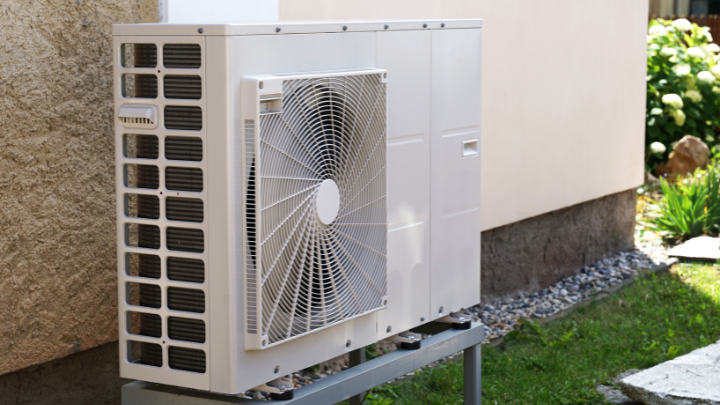
RenoQuotes.com • 25 Mar 2024
Are you thinking about purchasing a heat pump to offset both the winter cold and the sweltering summer heat? While this might sound interesting, you may still be reluctant to make the change due to the rather steep cost of such a device.